1. Sit Up Straight at All Times
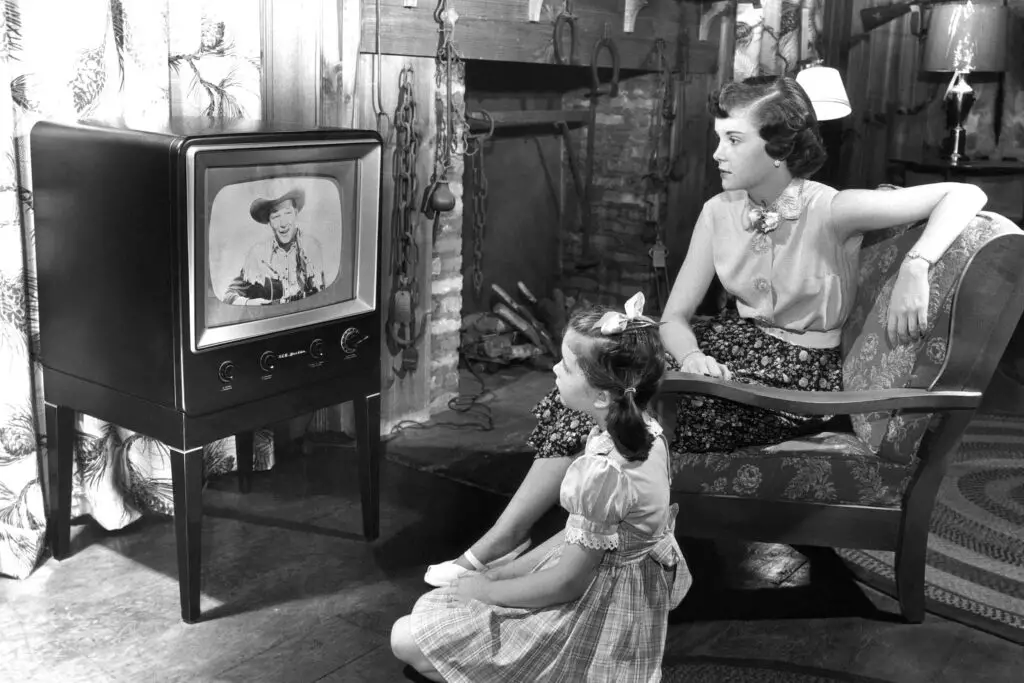
Back in the ’50s, good posture wasn’t just a recommendation, it was practically a moral imperative. Kids were told to sit up straight at the dinner table, in class, and even while watching TV, as if slouching was a sign of weakness or poor character. Teachers would walk by and tap students on the back if they caught them leaning forward. It wasn’t just about looking proper, it was tied to ideas about discipline and respectability shares Vogue.
But these days, we know posture is more complex. Sure, slouching all day isn’t great, but forcing a rigid spine all the time isn’t healthy either. Experts now say natural movement and changing positions throughout the day is better for your body. Plus, let’s face it, the human spine wasn’t made to be stiff like a board during a Leave It to Beaver marathon adds Reddit.
2. Always Finish Your Plate
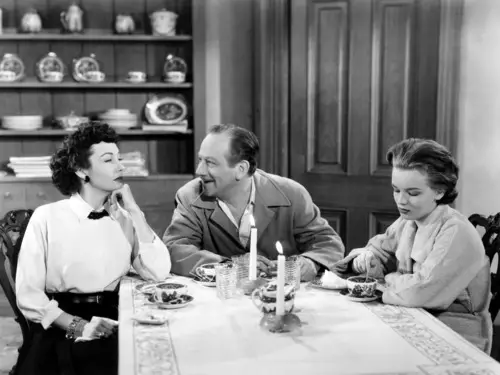
“Clean your plate” was practically gospel in the ’50s. Kids were taught to eat every bite of food, no matter how full they were or whether they liked what was on the plate. It came from a mix of post-war rationing mentality and not wanting to waste anything says BBC. Parents would guilt kids with lines like, “There are starving children who’d love to have that.”
Today, that mindset is seen as unhealthy. We now teach children to listen to their bodies and stop eating when they’re full. Forcing food can lead to overeating habits and a messed-up relationship with hunger cues adds Southern Living. It’s okay to leave a few bites of peas behind if your stomach is saying, “I’m done.”
3. Boys Don’t Cry
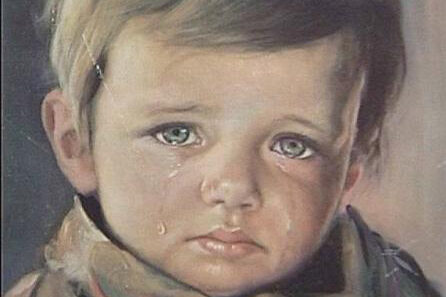
In the ’50s, boys were told to “toughen up” and never show emotion. Crying was seen as something only girls did, and if a boy got upset, he was quickly shamed for it. The phrase “man up” was practically a parenting motto. Even well-meaning adults believed they were preparing boys for the “real world.”
But bottling up emotions doesn’t make anyone stronger. Today, we know that mental health matters, and emotional intelligence is actually a strength. Boys need just as much room to express sadness and vulnerability as anyone else. Letting them cry doesn’t make them weak, it helps them grow into balanced adults.
4. Girls Shouldn’t Speak Out
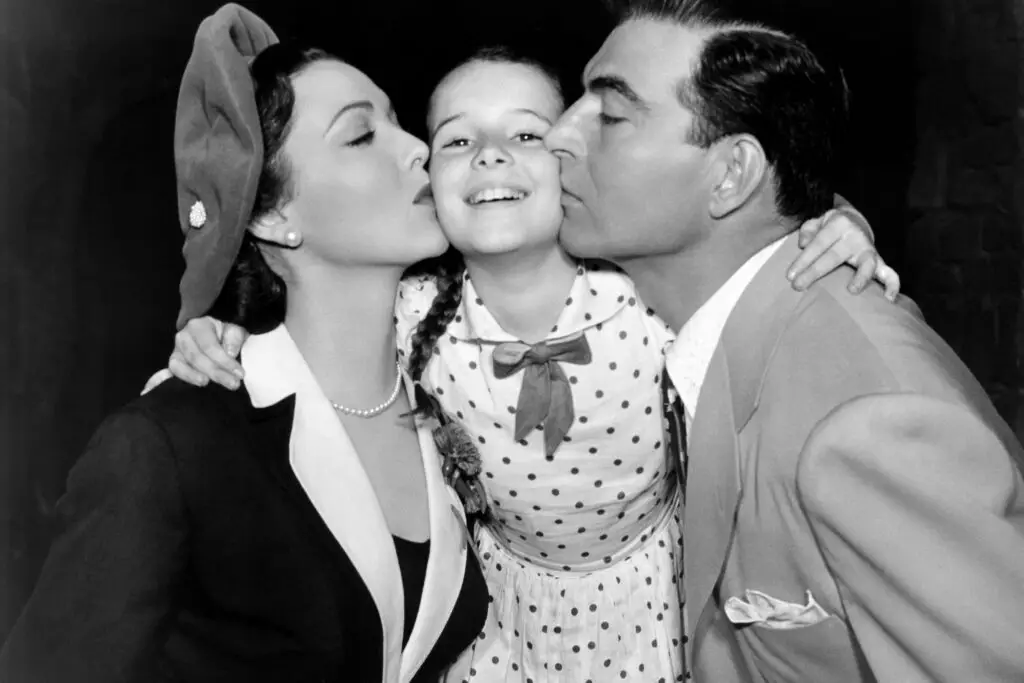
Little girls in the ’50s were praised for being quiet, polite, and agreeable. If a girl spoke up too much or challenged an adult, she was called “bossy” or “rude.” The idea was that girls should be seen and not heard, letting the boys do the talking and leading. Even in school, outspoken girls were often scolded for “talking back.”
Thankfully, things have changed. Encouraging girls to speak their minds is now considered essential. We want them to have opinions, ask questions, and take up space. Being assertive isn’t bossy, it’s brave.
5. Spanking Is the Best Discipline
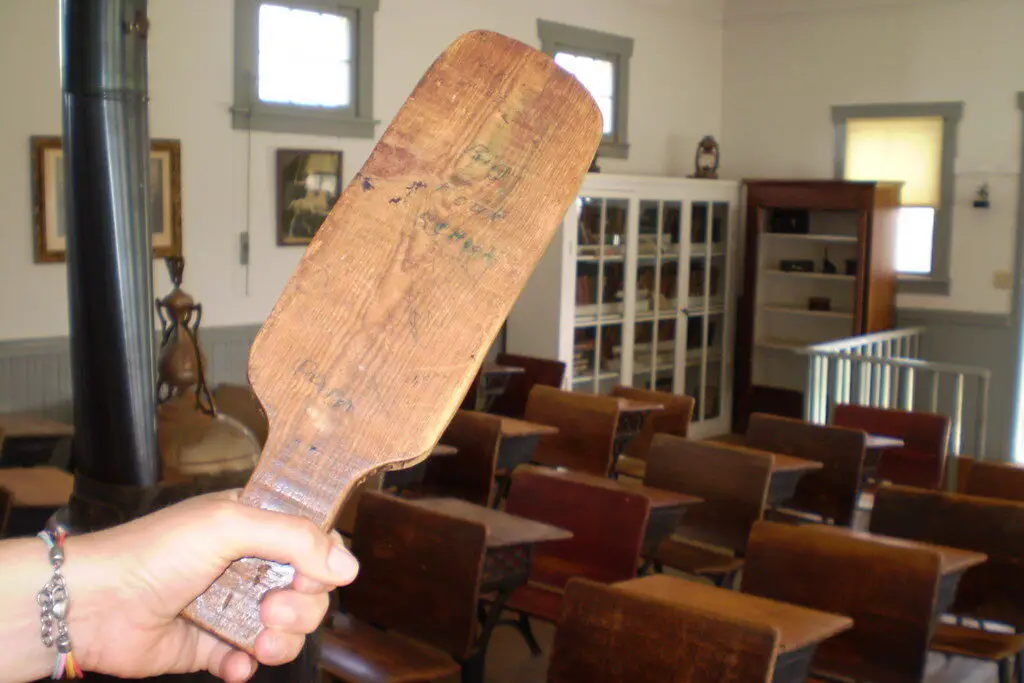
In the ’50s, spanking was the go-to punishment for just about everything. Misbehave in school? Paddle. Talk back at home? Get the belt. It was widely accepted that physical discipline built character and respect. “Spare the rod, spoil the child” wasn’t just a saying, it was a parenting philosophy.
But we’ve learned a lot about child development since then. Research shows spanking can lead to anxiety, aggression, and long-term emotional issues. Discipline today is more about teaching than punishing. Time-outs, natural consequences, and clear communication have taken center stage.
6. Kids Should Be Seen and Not Heard
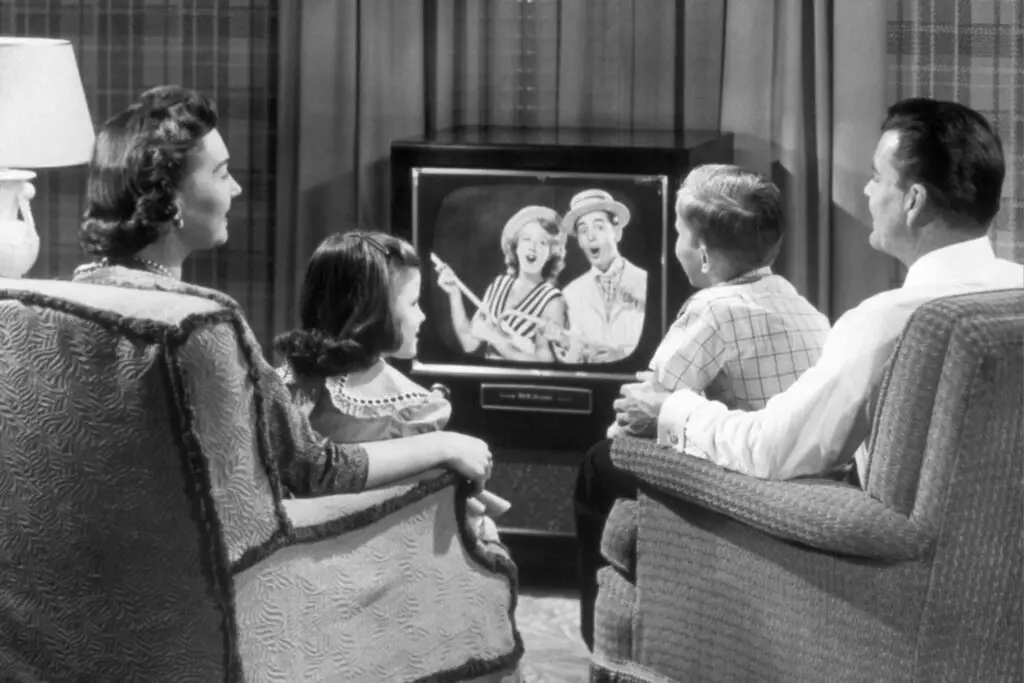
This old saying was practically a motto in many households. Children were expected to be quiet, obedient, and completely out of the way when adults were around. At family gatherings or dinners, they might be sent to a “kids’ table” in another room entirely. Speaking up or interrupting was often met with a glare or a swift reprimand.
But nowadays, we see kids as full humans with thoughts worth hearing. Encouraging respectful conversation and curiosity helps them grow. Family dinners now often involve everyone at the same table, sharing stories. It’s about inclusion, not exclusion.
7. Wear a Dress, You’re a Girl
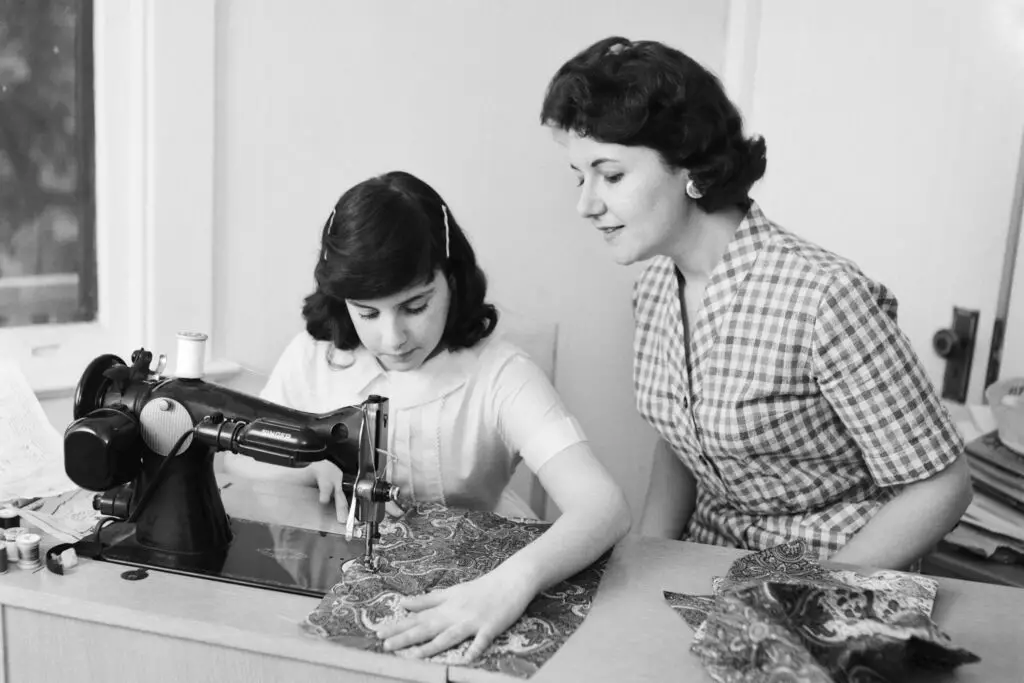
In the ’50s, gender roles were written in stone. Girls wore dresses, played with dolls, and were expected to like pink and lace. Pants on girls were for rare occasions like gym class, and even then, it was a big deal. If a girl wanted to climb trees or play baseball, she was called a tomboy like it was a bad thing.
Today, kids are freer to express themselves without rigid gender norms. Clothing is just fabric, not a moral code. Girls can wear what makes them comfortable, whether it’s a dress, jeans, or superhero capes. And liking sports doesn’t make anyone less of a girl.
8. Respect Adults, No Matter What
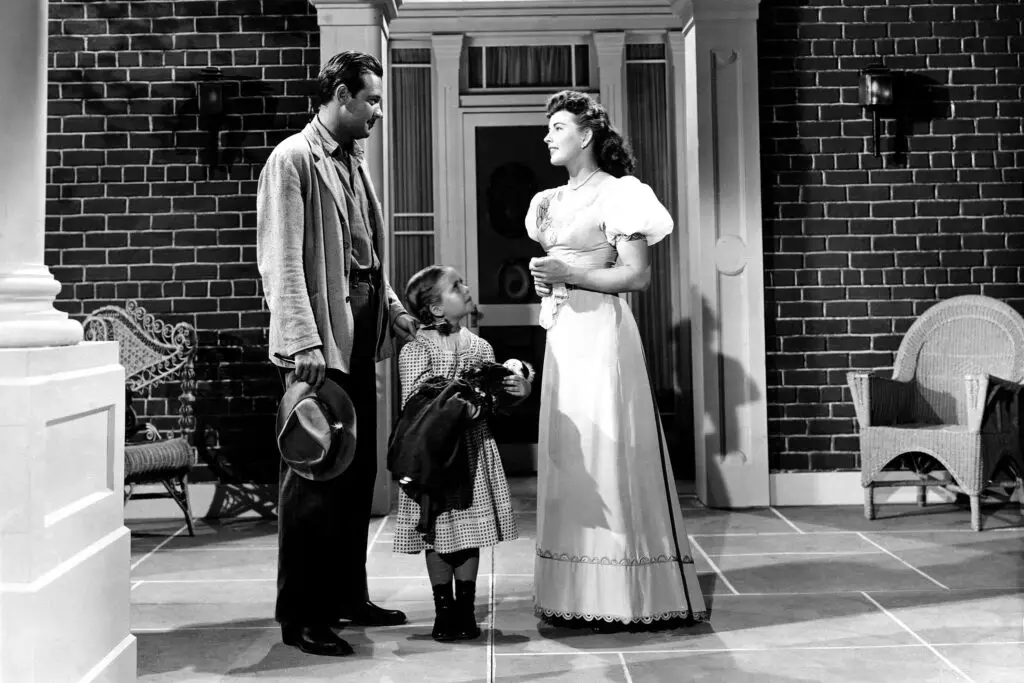
In the ’50s, adults were seen as always right. If a teacher or neighbor said something, kids weren’t allowed to question it. “Respect your elders” meant obey them without hesitation, even if they were being unfair. Talking back was a punishable offense, regardless of whether the adult deserved the respect.
Today, we teach kids that respect should go both ways. They’re allowed to question authority politely and stand up for themselves when something feels wrong. We want them to recognize healthy boundaries, even with adults. Blind obedience isn’t the goal anymore, especially in a world that values critical thinking.
9. Don’t Talk About Feelings
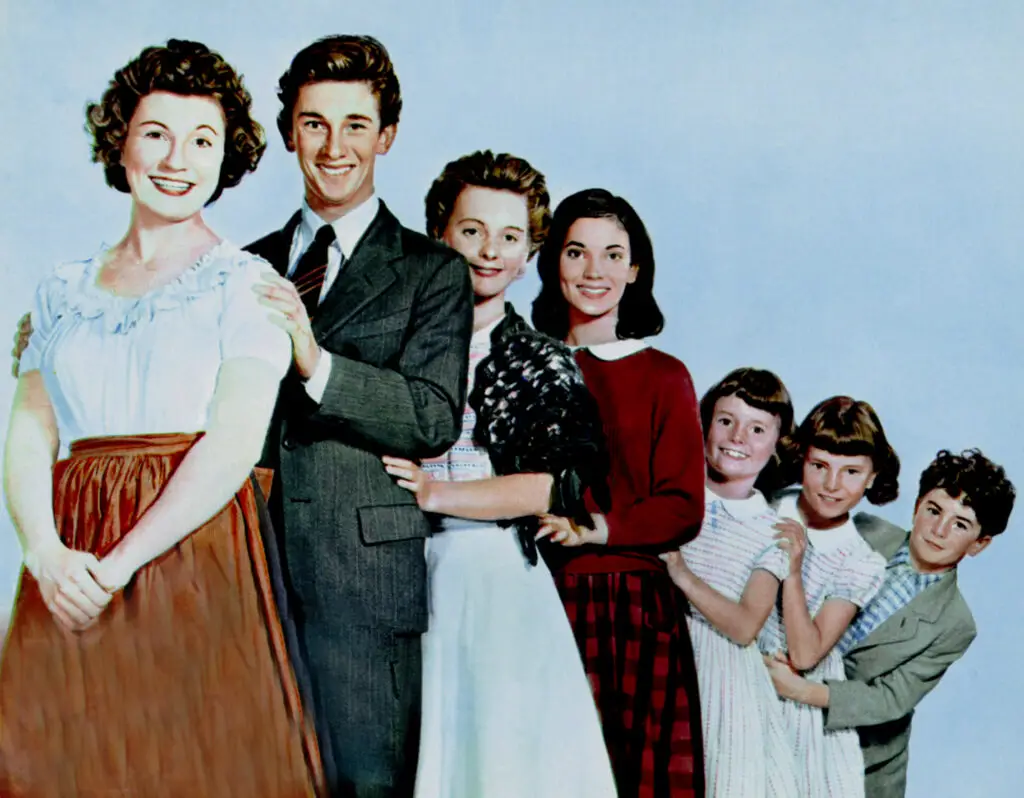
In a ’50s household, emotional talks were not the norm. If a kid was sad, they were told to “snap out of it” or “go play outside.” Feelings were seen as a private matter, not something to share openly. Many families avoided emotional vulnerability like the plague.
But now we understand that sharing feelings builds connection and resilience. Kids are encouraged to talk about what’s bothering them instead of bottling it up. Emotional literacy is just as important as learning math or reading. It’s okay to say you’re feeling anxious or upset—and better yet, to be heard.
10. Smoking Is Cool
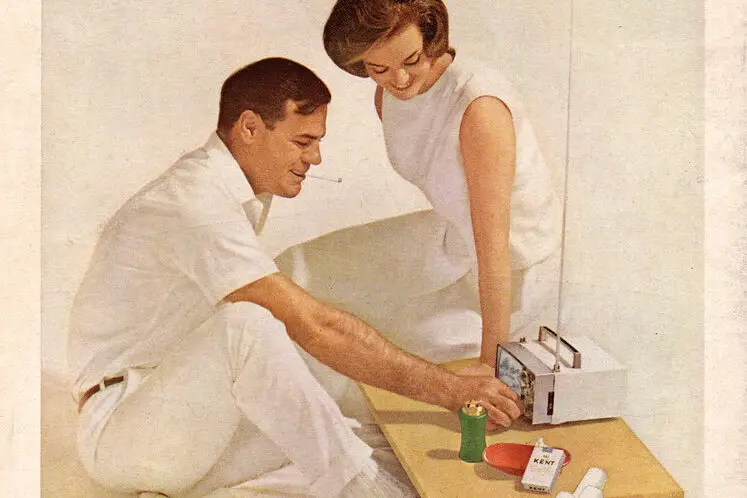
Believe it or not, cigarettes were practically glamorized in the ’50s. Even some parents smoked in front of their kids or let teens try one “just to see.” Ads featured doctors recommending specific brands, and smoking was linked to being sophisticated or grown-up. Kids were often taught that lighting up was part of adulthood.
Fast-forward to now, and we all know better. Smoking is one of the most harmful habits out there, and schools actively warn kids about it. Instead of looking cool, it now looks like a dangerous choice. Thankfully, tobacco education has replaced tobacco encouragement.
11. Only One Kind of Family Is Normal
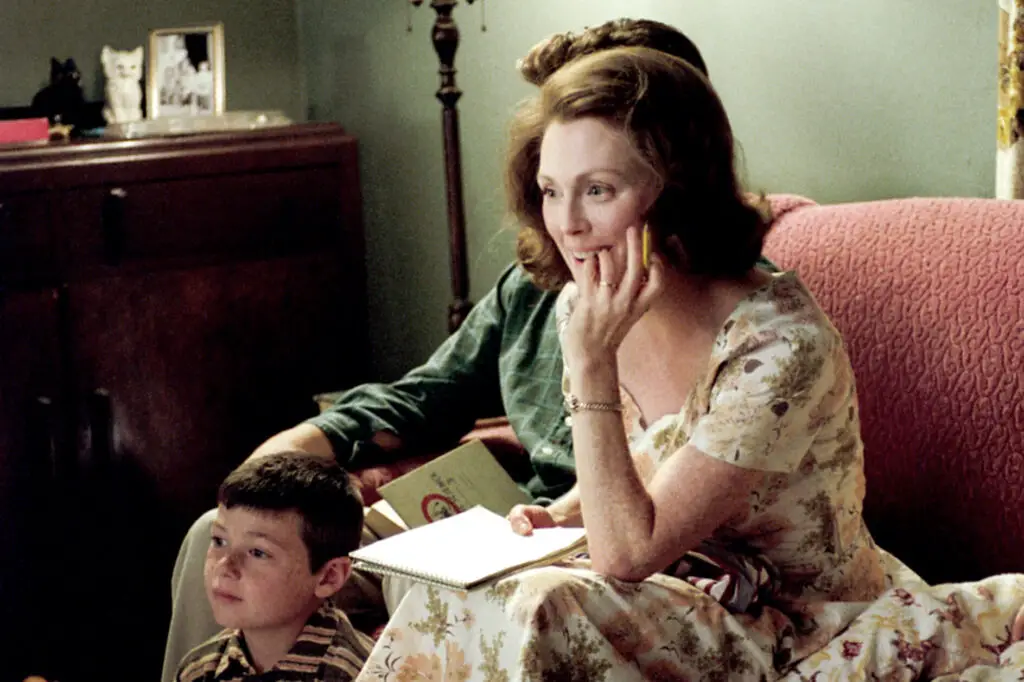
In the ’50s, the ideal family was a mom, dad, two kids, and maybe a dog in the suburbs. Anything outside that was seen as unusual or even shameful. Divorce was whispered about, and single mothers were unfairly judged. Families with same-sex parents or multigenerational homes weren’t even part of the conversation.
But today, families come in all shapes and sizes. What matters most is love, support, and stability. Kids are taught to celebrate diversity, not hide from it. Whether it’s two moms, a blended family, or being raised by grandparents, it’s all valid now.
12. Success Means a White-Collar Job
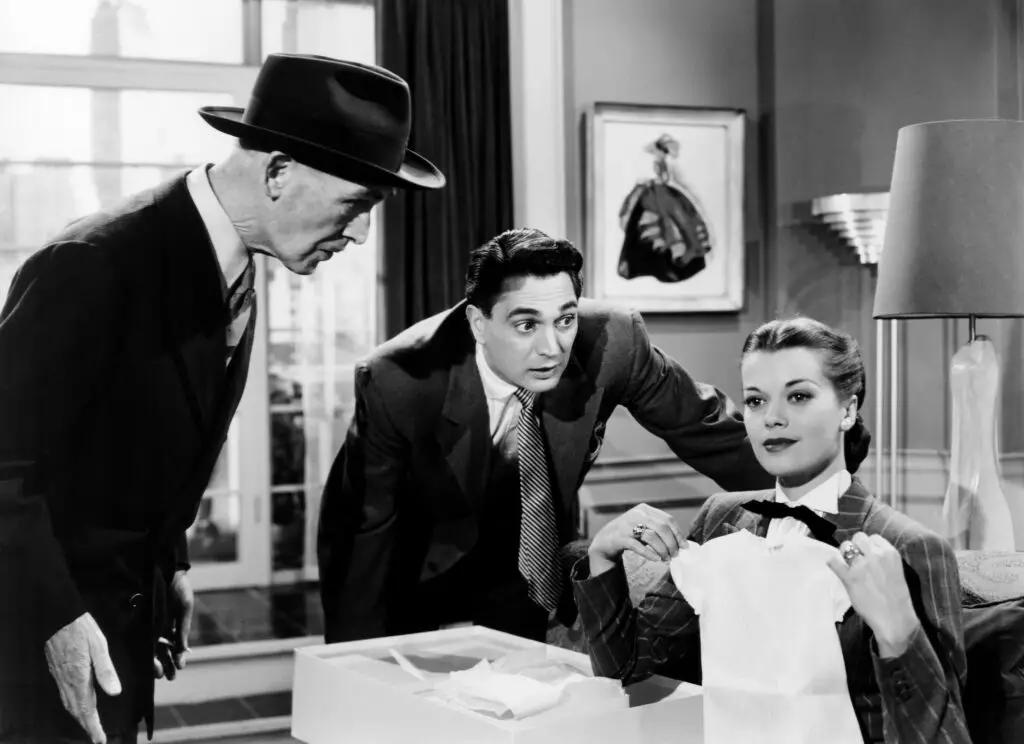
In the ’50s, being successful usually meant becoming a doctor, lawyer, or businessman. Trade work was respected, but not necessarily encouraged. Creative paths were considered hobbies, not careers. Parents often steered their kids toward the safest, most conventional choices.
But today’s world values many forms of success. Artists, mechanics, tech developers, and even content creators can thrive. Kids are encouraged to find what they love and build from there. Passion and persistence often matter more than wearing a suit.
13. Keep Your Problems to Yourself

Many kids in the ’50s were told to “deal with it” and not air their dirty laundry. Families valued privacy to a fault, and talking about personal issues was discouraged. Therapy was stigmatized, and asking for help was seen as weak. Kids learned early to bottle things up.
Today, we emphasize openness and seeking help when needed. There’s no shame in going to therapy or talking through tough times. In fact, it’s seen as a sign of strength. Kids now know they don’t have to go through things alone.
